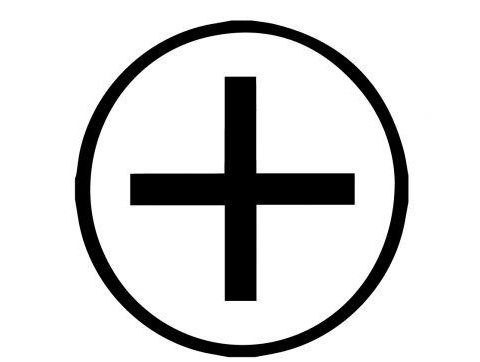Celtic Bull Symbol – History And Meaning
Celtic animals were often featured in carvings, clothing, tapestries, and jewelry. They have profound meanings and are depicted in very significant ways. This is because Celtic people believed in magic and energy possessed by animals.
As signs, totems, or symbols, Celtic animals were deemed to possess incredible powers. It is no wonder people are enthralled by them, Celts or otherwise. These symbols signify courage, strength, patience, and other virtues people desire to possess; therefore, we try to adapt their representations into our lives.
For ages, people have believed in adopting Celtic animal symbols to improve themselves. It is an age-old custom to acquire the characteristics of these animals. This practice was also believed to lead one to personal discovery, eventually paving the way to understanding.
Among the most popular of these Celtic animals is the bull. In Celtic myth, this strong beast symbolized the more manly aspects of nature. For both men and women, the bull was symbolic of fertility.
If you want to learn more about the Celtic bull symbol, read on to find out the meaning, history, and significance of this Celtic symbol.
Celtic Bull Symbol – History And Meaning

Oxen were among the first animals to be domesticated to aid humans with agrarian works. They are such strong beasts and could endure long strenuous physical activities. The bull’s rather fiery disposition makes it a good role model, although at times a little too fiery, thus requiring guidance and taming. An ox could also provide meat as food, adding another symbolism: a provider.
The ancient Celts revered the sacred bulls. This animal played a very significant role in numerous cults. The worship had declined among the Celts, however, and today these animals are seen mainly as representations of divinities.
Celtic Bull History
Adornments like protomes, furniture, and needleworks in the bull-head forms have existed throughout cultures in history. The Persians, where the Greeks took the inspiration from, were inspired by the Sumerians. The Romans then took it from the Greeks. The Celts, on the other hand, got the concept from trading in the East.
The ancient Celts called on the spirit of various animals that gave them the insight and characteristics they wanted or needed.
Unfortunately, though, oxen were commonly sacrificed back in ancient times. Ox offerings were done in the belief that the bull’s life-sustaining essence bestowed fertility upon the earth. Druids sacrificed white bulls in a ritual offered to God when they asked for blessings.
It is said that when a family or a community was in a bad situation, the Celtic bull served as their symbolic protector. They believed the bull could boost their wealth and fertilize the lands as it also symbolized the energy of the sun.
Celtic Bull Symbol
The Celtic bull is symbolic of virility for men and fertility for both sexes. Bull depictions on robes, bed sheets, pillows, and others are used as symbols believed to enhance sexual strength and endurance.
This symbol also denotes belligerence, strong will, and stubbornness, which are characteristics of a bull.
The bulls were important to the Celtic people because these creatures denoted virility, strength, and endurance. They are such hardworking animals so the Celtic bull symbolized productivity as well.
The Celtic bull as a symbol of abundance is likely because these animals served as a food source for the Celtic people.
Celtic Bull Symbol Meaning
The Celtic bull is a very sacred animal, symbolizing strong will and stubborn personality traits, which led to the term “bull-headed.”
The bull was often featured on Celtic coins. This also served to connect the Celtic bull symbol with prosperity and fortune.






